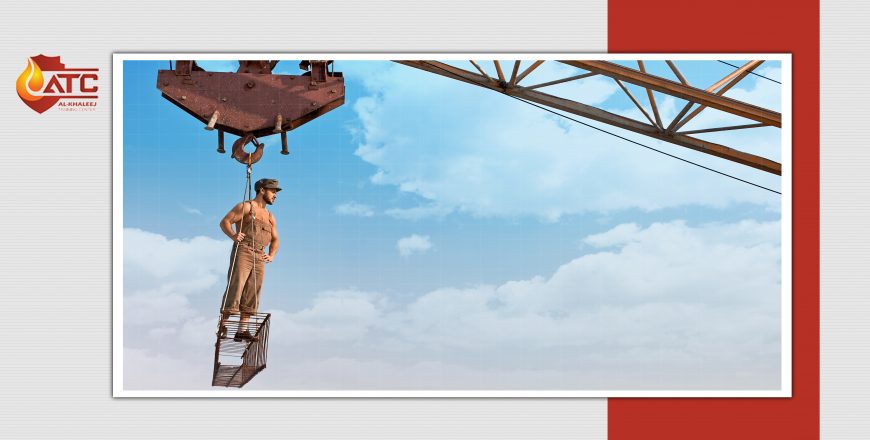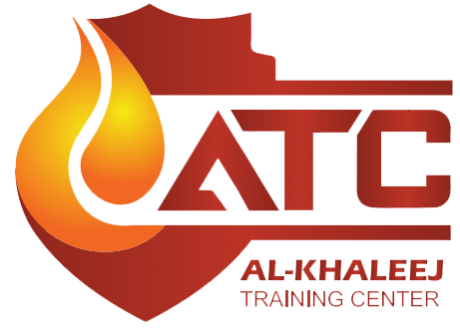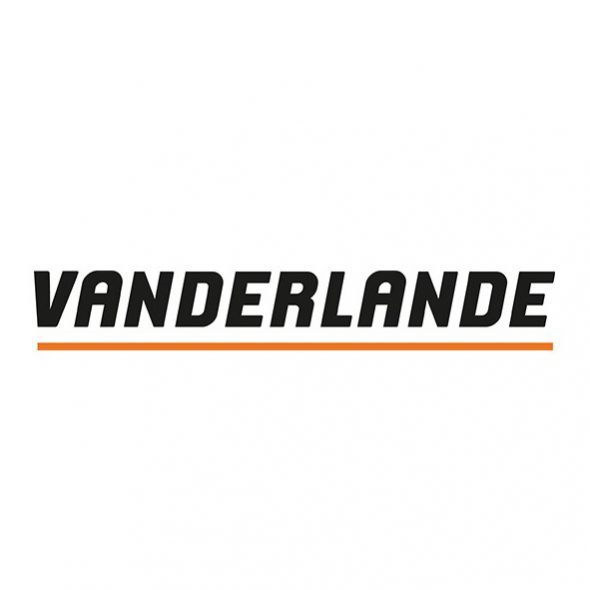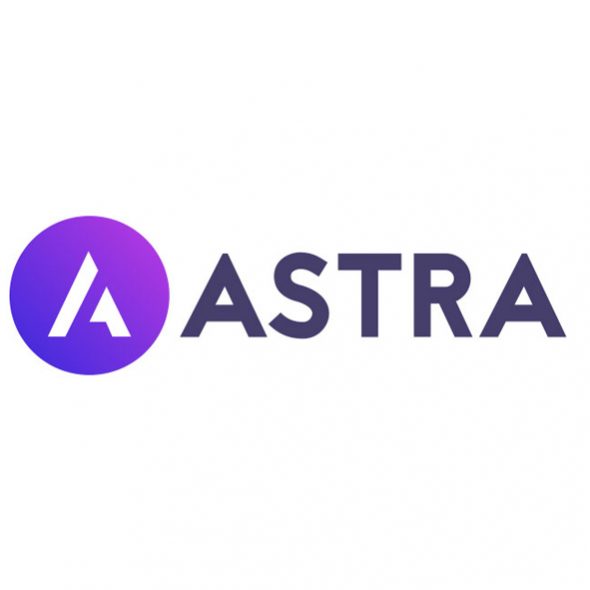Overhead Crane Operation

Course Description:
This course is designed to provide participants with the knowledge and skills required to safely and effectively operate overhead cranes. Participants will learn about the different types of overhead cranes, their components, and how to perform pre-operational inspections. They will also learn about load handling techniques, rigging, and signaling. The course will cover relevant regulations and standards, as well as best practices for safe crane operation.
Course Outline:
I. Introduction
– Course objectives
– Overview of overhead cranes
– Importance of safe crane operation
II. Types of Overhead Cranes
– Bridge cranes
– Gantry cranes
– Jib cranes
III. Crane Components
– Hoist
– Trolley
– Bridge
– Runway
IV. Pre-operational Inspections
– Daily inspections
– Monthly inspections
– Annual inspections
V. Load Handling Techniques
– Center of gravity
– Load capacity
– Load control
VI. Rigging
– Types of slings
– Sling angles
– Sling capacity
VII. Signaling
– Hand signals
– Voice signals
VIII. Regulations and Standards
– OSHA regulations
– ANSI standards
IX. Best Practices for Safe Crane Operation
– Communication protocols
– Emergency procedures
X. Conclusion
– Review of key concepts
– Final assessment
Headings:
1) Introduction: Objectives and Importance of Safe Crane Operation.
2) Types of Overhead Cranes: Bridge, Gantry, Jib.
3) Crane Components: Hoist, Trolley, Bridge, Runway.
4) Pre-operational Inspections: Daily, Monthly & Annual Inspections.
5) Load Handling Techniques: Center of Gravity, Load Capacity & Control.
6) Rigging: Slings Types & Capacity.
7) Signaling: Hand Signals & Voice Signals.
8) Regulations & Standards: OSHA Regulations & ANSI Standards.
9) Best Practices for Safe Crane Operation: Communication Protocols & Emergency Procedures.
10) Conclusion: Review of Key Concepts & Final Assessment.




